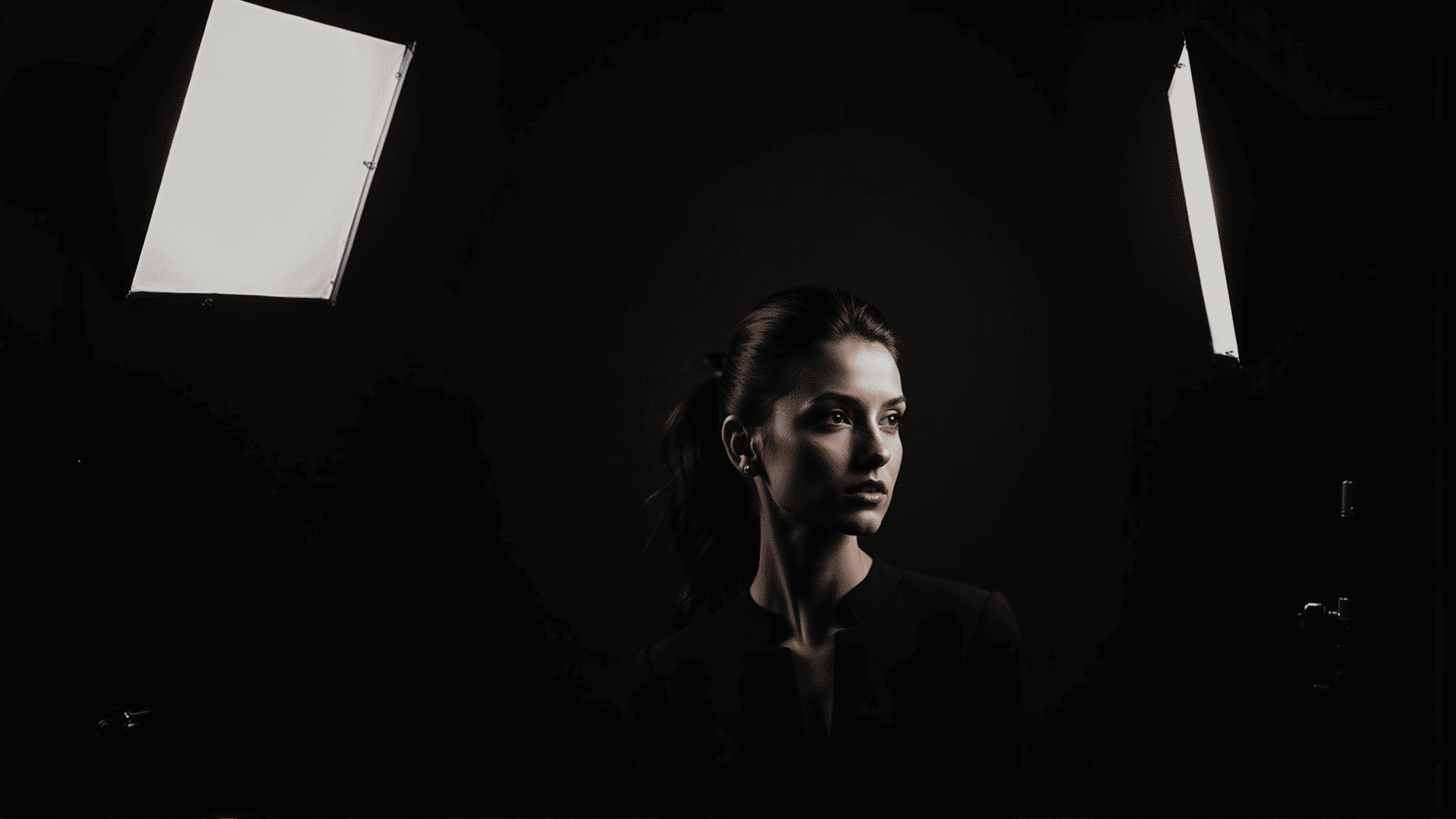Photography is a dynamic art form that relies heavily on the ability to manipulate light. By mastering various lighting techniques, photographers can elevate their work, infusing it with depth, mood, and focus. These elements are crucial in enhancing visual storytelling, transforming ordinary scenes into captivating narratives.
Understanding Light Sources
The foundation of effective lighting in photography begins with understanding the different types of light sources available. These include natural light, such as sunlight, and artificial sources like lamps, LEDs, and flash units. Each offers unique characteristics that can dramatically alter a photograph's ambiance.
Natural Light: Utilizing the sun's glow can produce images with a soft, warm tone, particularly during the golden hour—the period shortly after sunrise or before sunset. This time of day offers the most flattering natural light, casting long shadows and providing a gentle contrast that enhances the subject's features.
Artificial Light: This can be precisely controlled to suit the desired mood. Soft boxes and umbrellas can diffuse artificial light, producing a gentle wraparound effect, while direct lighting can create stark contrasts useful for dramatic compositions.
Direction of Light
The direction from which light is cast is fundamental in shaping the image. It influences the highlights and shadows, thus affecting the overall tone:
-
Front Lighting: Generally considered straightforward, this type of illumination brightens the subject evenly, minimizing shadows and highlighting details.
-
Side Lighting: By placing the light source to the side of the subject, photographers can create significant contrast and dimension, resulting in a more dramatic effect.
-
Backlighting: Illuminating from behind can produce striking silhouettes or a halo effect around the subject, adding a dreamy, ethereal quality.
Modifying Light
Photographers can modify light to better suit their vision using various tools:
-
Reflectors: These tools bounce light back onto the subject, brightening areas and reducing harsh shadows. They are invaluable for filling in details where natural or artificial light might fall short.
-
Diffusers: Placing a diffuser between the light source and the subject softens the light, creating a more even distribution that can prevent overexposed highlights and harsh contrasts.
-
Gels: These colored sheets are placed over light sources to change the color temperature, adding mood and atmosphere to the scene.
Practical Applications
Understanding and applying these techniques can significantly enrich a photograph’s narrative. For instance, using side lighting in a portrait can add a sense of mystery or introspection, while backlighting a landscape can enhance the scene's grandeur and depth. Mastery of combining natural and artificial sources allows for versatility in situations with unpredictable lighting conditions.
Conclusion
Exploring various lighting techniques not only enhances the quality of photographs but also empowers photographers to convey more profound stories through their work. By experimenting with light's properties—its source, direction, and modification—one can transform the creative vision into compelling visual storytelling, inviting viewers into a world defined by light and shadow. This knowledge forms the cornerstone of effective and emotive photography, a pursuit that continuously inspires and captivates.
